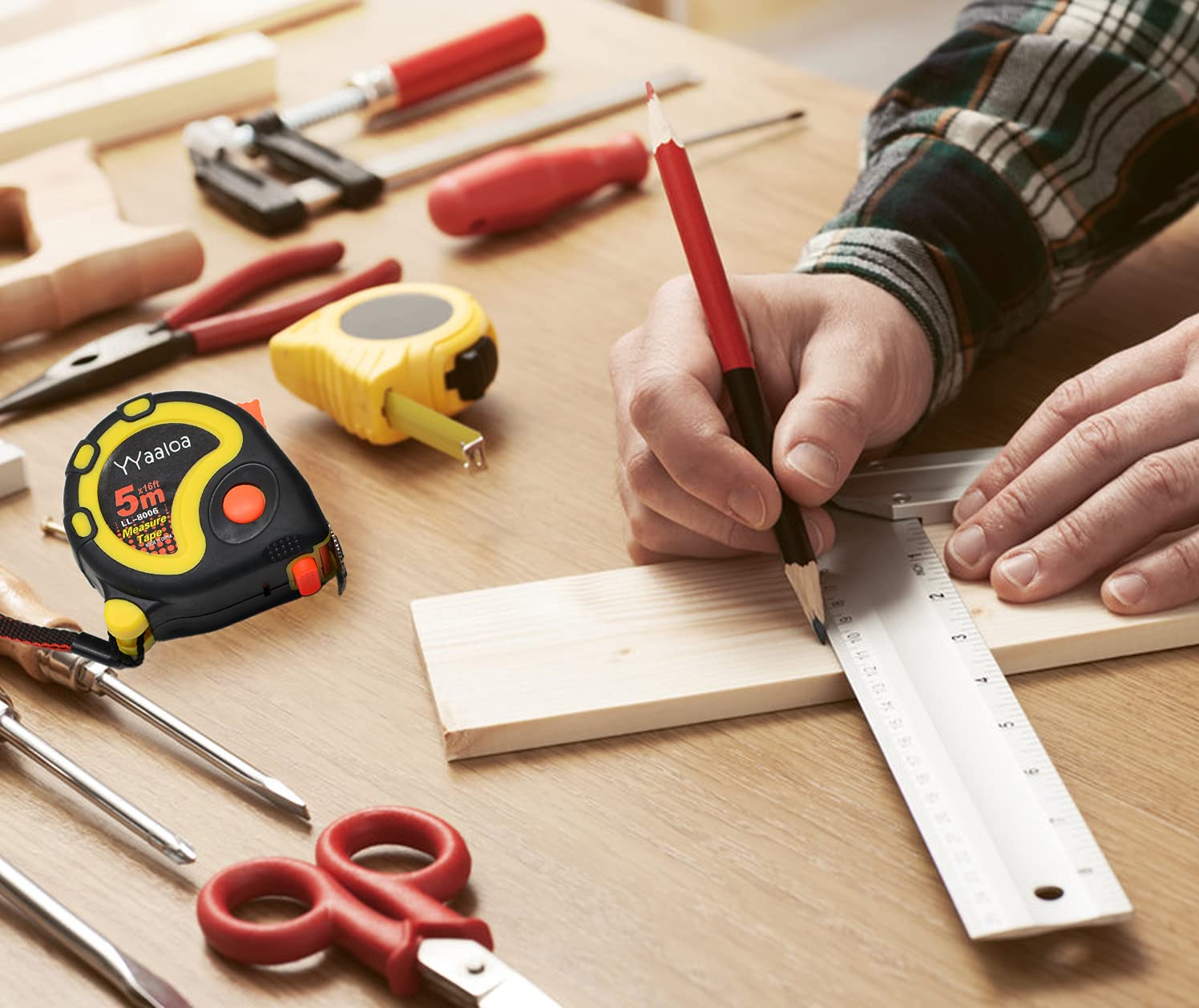Innovative Ads That Captured Our Attention in 2025
In 2025, brands redefined advertising by embracing cutting-edge technology, immersive storytelling, and bold creativity. From AI-driven personalization to immersive experiences, these campaigns not only captured attention but also set new standards for engagement. Here’s a curated list of the most innovative ads that stood out this year:
1. Dove’s Real Beauty AI Campaign
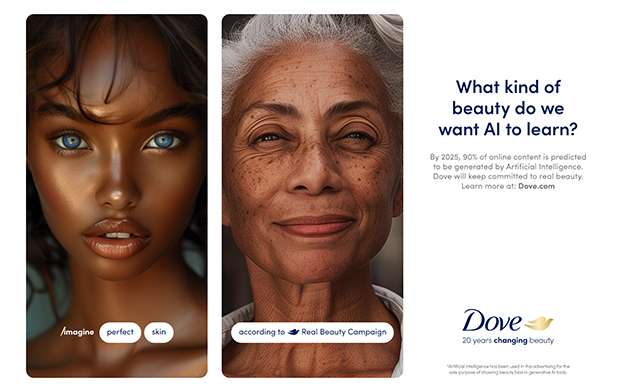
Dove’s Real Beauty AI campaign allowed users to upload their photos and see how AI filters would alter their appearance, highlighting the contrast between natural beauty and digitally enhanced images. This initiative sparked conversations about self-image and the impact of digital alterations on beauty standards.
🎯 Why It Stands Out:
-
Empowered users to embrace their natural beauty.
-
Utilized AI to make a poignant statement on digital beauty standards.
2. Skoda’s Skodaverse NFT Campaign
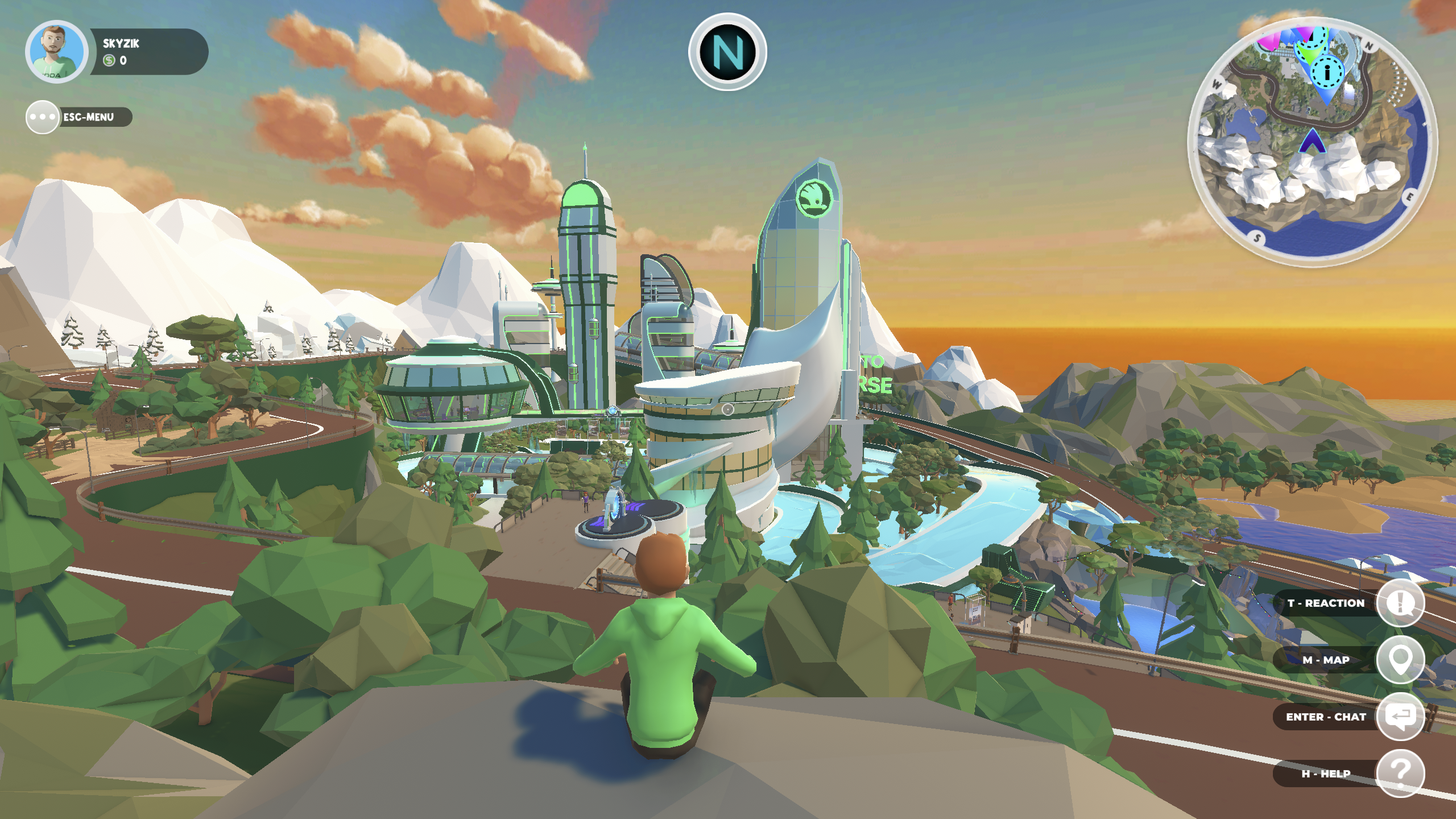
Skoda ventured into the digital realm with its Skodaverse campaign, offering customers exclusive NFT-based digital assets that unlocked real-world perks. This innovative approach bridged the gap between digital collectibles and tangible rewards, enhancing customer engagement.
🎯 Why It Stands Out:
-
Pioneered the integration of NFTs into automotive marketing.
-
Created a unique loyalty system combining digital and physical experiences.
3. Nike’s AI-Powered Foot Scanning Tool

Nike introduced an AI-powered foot scanning tool that allowed customers to find their perfect shoe size using their smartphones. This technology enhanced the shopping experience by providing accurate sizing and personalized recommendations.
🎯 Why It Stands Out:
-
Leveraged AI to solve a common consumer pain point.
-
Enhanced customer satisfaction through personalized shopping experiences.
4. Discord’s Video Quests
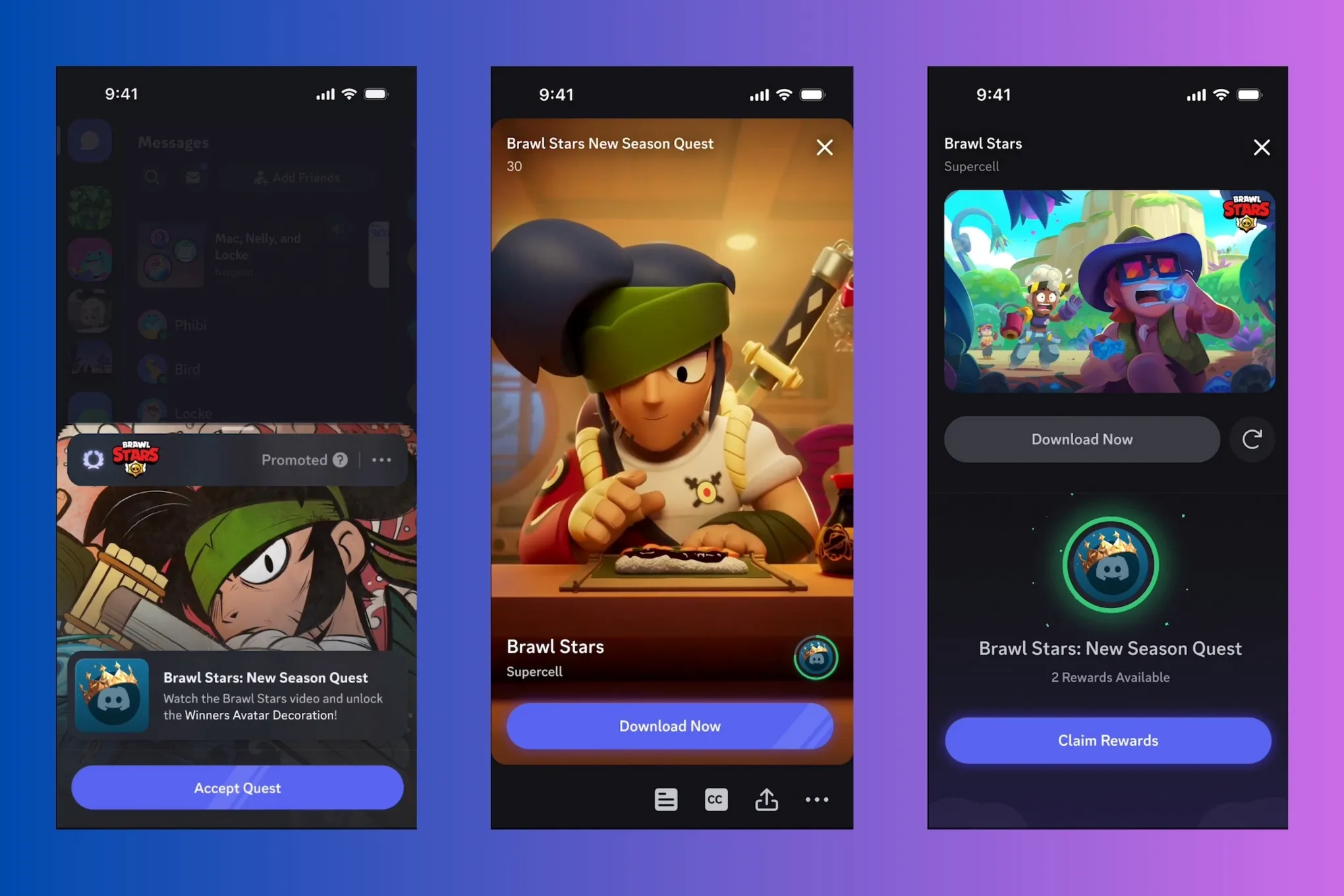
Discord expanded its advertising platform by introducing Video Quests, allowing users to earn rewards by watching videos. This feature integrated advertising into the user experience in a non-intrusive way, offering value in exchange for engagement.
🎯 Why It Stands Out:
-
Transformed passive ad viewing into an interactive experience.
-
Aligned advertising with user incentives, enhancing engagement.
5. Roku’s Moana 2 Full-Screen Ad
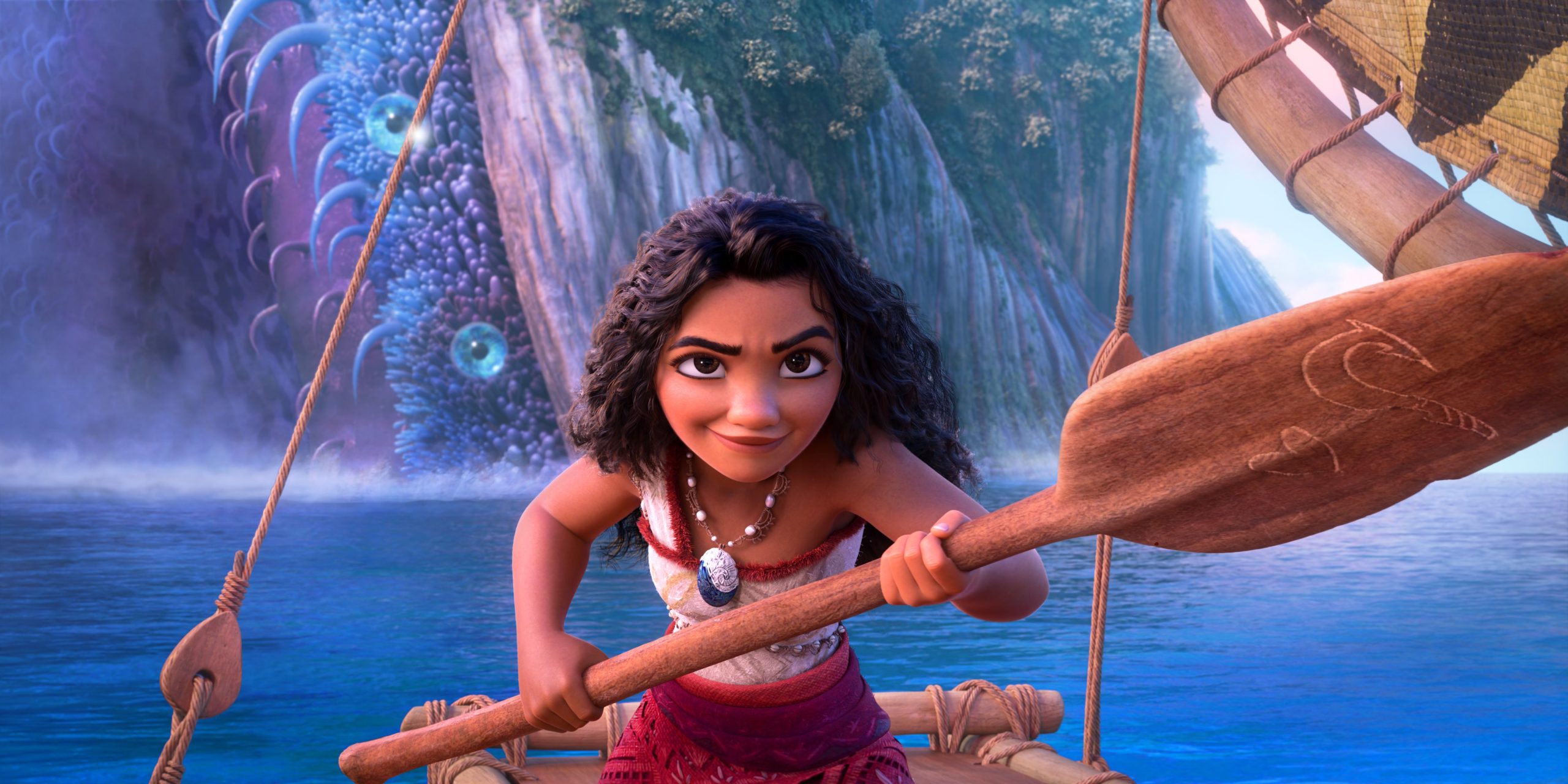
Roku tested a full-screen Moana 2 ad that played upon device activation, aiming to guide users to relevant content. While the approach was innovative, it sparked discussions about the balance between advertising and user experience.
🎯 Why It Stands Out:
-
Pushed the boundaries of in-device advertising.
-
Highlighted the importance of user feedback in ad strategy.
6. Apple’s “Available Now” AI Feature Campaign
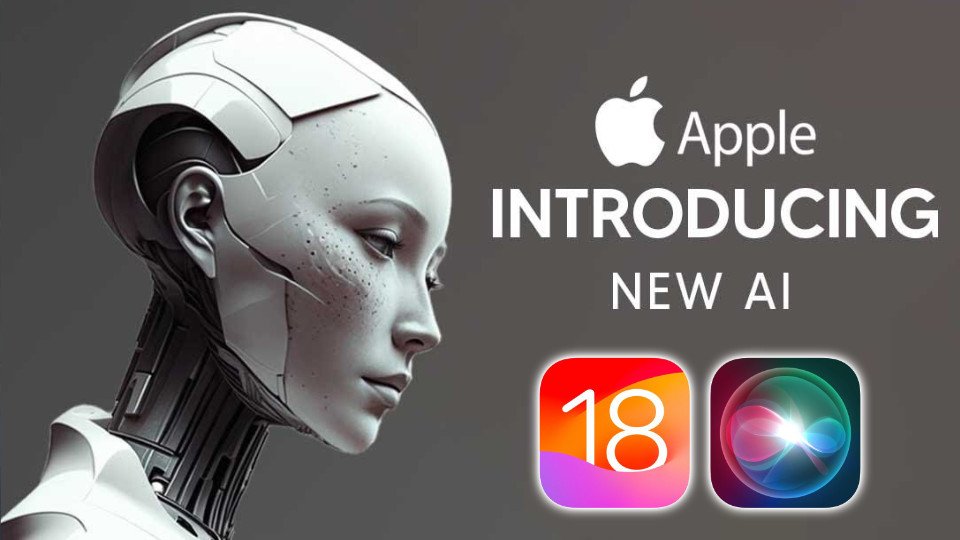
Apple faced scrutiny over its “Available Now” claims for AI features that were not immediately accessible. The campaign underscored the challenges of aligning marketing messages with product readiness.
🎯 Why It Stands Out:
-
Served as a case study in marketing transparency.
-
Emphasized the need for clear communication in tech advertising.
7. Meta’s Threads Global Ad Expansion
📍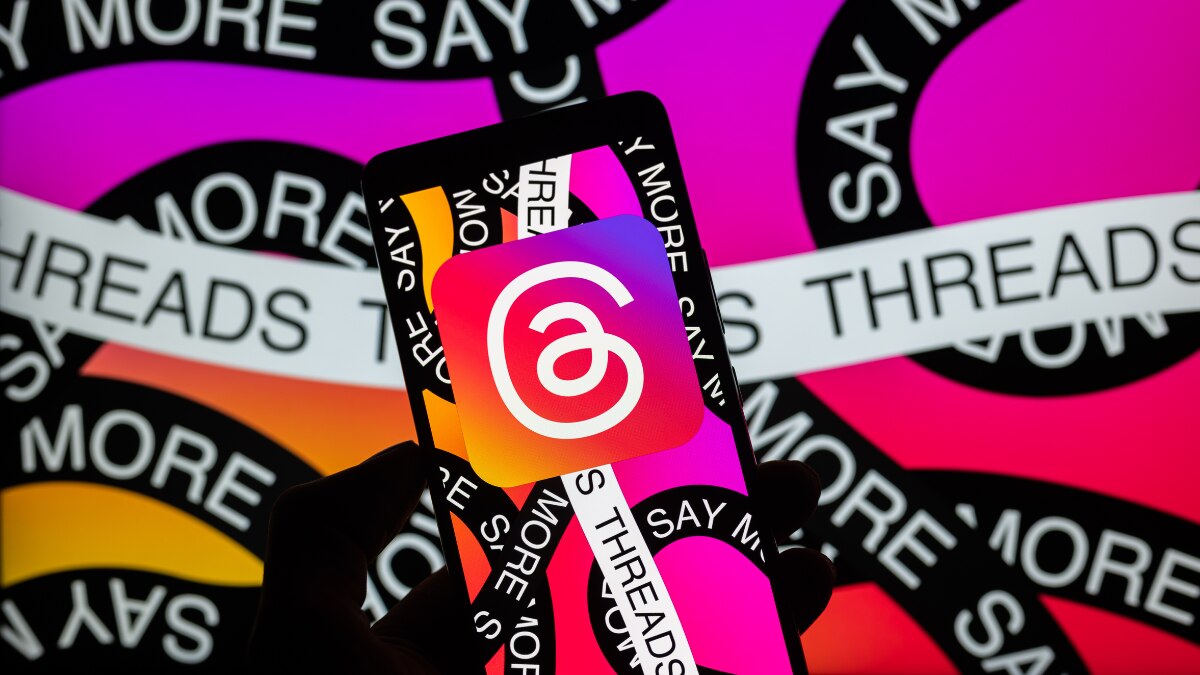
Meta expanded advertising on its Threads platform, introducing ads labeled “Sponsored” in users’ feeds. This move marked a significant step in monetizing the platform while maintaining user experience.
🎯 Why It Stands Out:
-
Balanced monetization with user engagement.
-
Demonstrated strategic ad integration in emerging platforms.
8. DHS’s Controversial Immigration Deterrence Campaign


The U.S. Department of Homeland Security (DHS) launched a $594,600 ad campaign in April 2025, featuring at least 30 YouTube ads aimed at deterring irregular migration. These ads, led by Secretary Kristi Noem, warned undocumented migrants of deportation and a reentry ban, encouraging “self-deportation” via the CBP One app. The campaign targeted areas with large migrant populations, such as California, Texas, and Florida, rather than border zones. The ads later aired on Mexican television, prompting backlash from Mexican President Claudia Sheinbaum, who condemned them as discriminatory and announced plans to reform the Federal Telecommunications Law to prohibit foreign political propaganda.
🎯 Why It Stands Out:
-
Utilized advanced targeting technology to reach specific demographics.
-
Sparked international debate on the ethics of political advertising.
9. IKEA’s Virtual Reality Showroom Experience
📍 Available on: 23 IKEA’s Official Website and VR Platforms
🖼️ Image Suggestion: Screenshots of users navigating the virtual showroom with VR headsets.
IKEA introduced a virtual reality showroom that allowed customers to explore and customize room layouts in a 3D environment. This immersive experience enabled users to visualize furniture arrangements and make informed purchasing decisions from the comfort of their homes.
🎯 Why It Stands Out:
-
Enhanced online shopping with interactive 3D visualization.
-
Bridged the gap between digital exploration and physical retail.
10. Coca-Cola’s AI-Generated Personalized Commercials
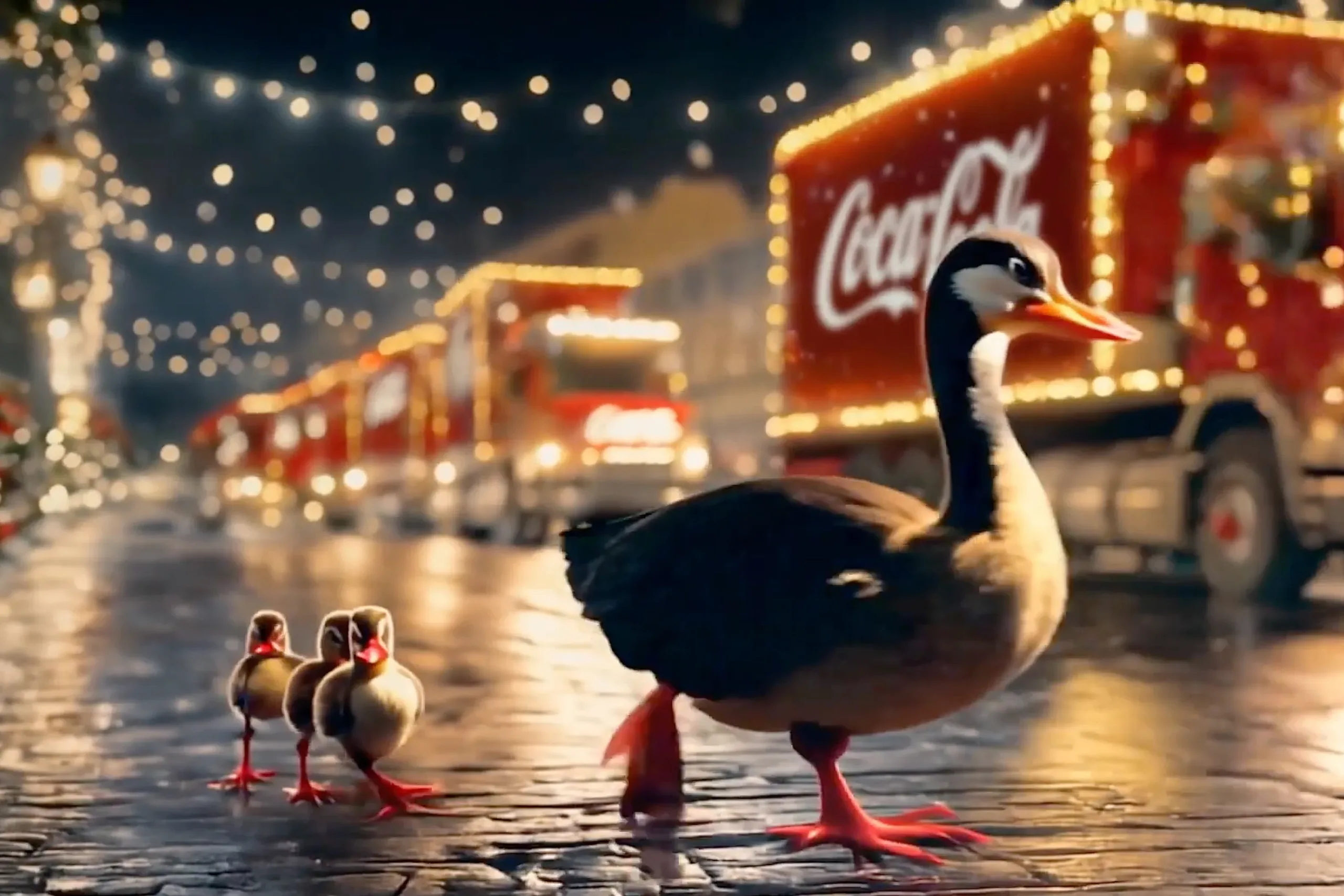
Coca-Cola leveraged artificial intelligence to create personalized video commercials for consumers. By analyzing user data and preferences, the brand generated unique advertisements that resonated on a personal level, enhancing customer engagement and brand loyalty.
🎯 Why It Stands Out:
-
Pioneered the use of AI for hyper-personalized marketing.
-
Strengthened consumer-brand relationships through tailored content.
Final Thoughts: Innovation That Resonates
In 2025, the most impactful advertising campaigns were those that seamlessly blended creativity with cultural relevance and technological innovation. Brands that embraced immersive experiences, such as augmented reality and AI-driven personalization, managed to capture audience attention in novel ways. Collaborations between fashion icons and tech platforms, along with purpose-driven narratives, demonstrated that authenticity and innovation are key to resonating with modern consumers. As we look ahead, it’s clear that the fusion of storytelling, technology, and genuine engagement will continue to define the advertising landscape.
editor's pick
news via inbox
Nulla turp dis cursus. Integer liberos euismod pretium faucibua





